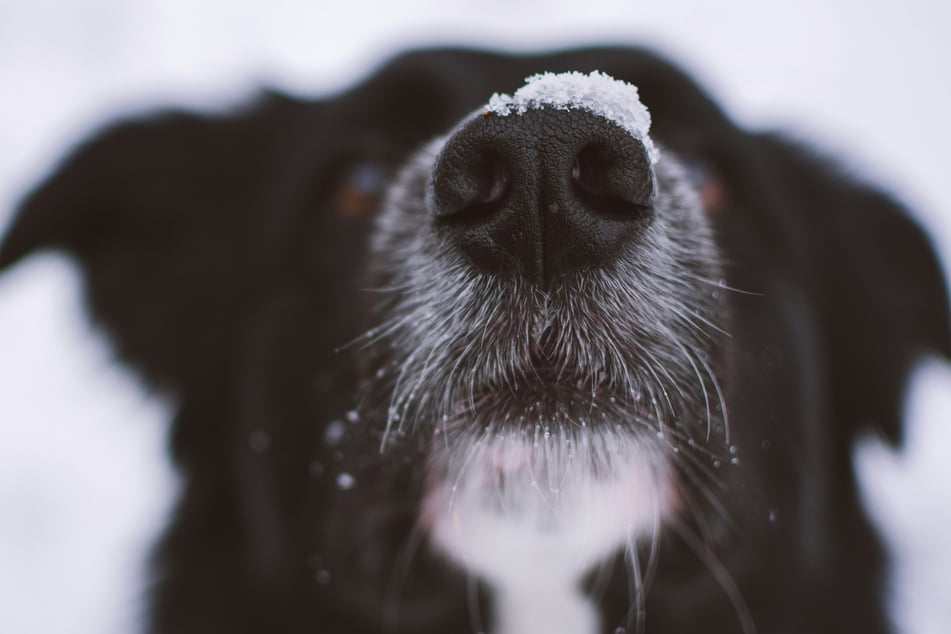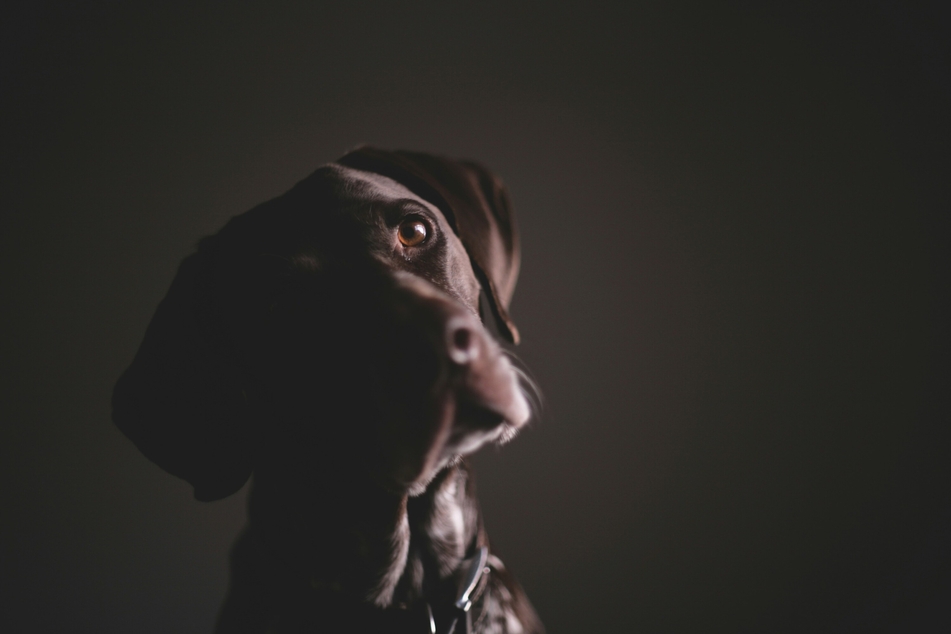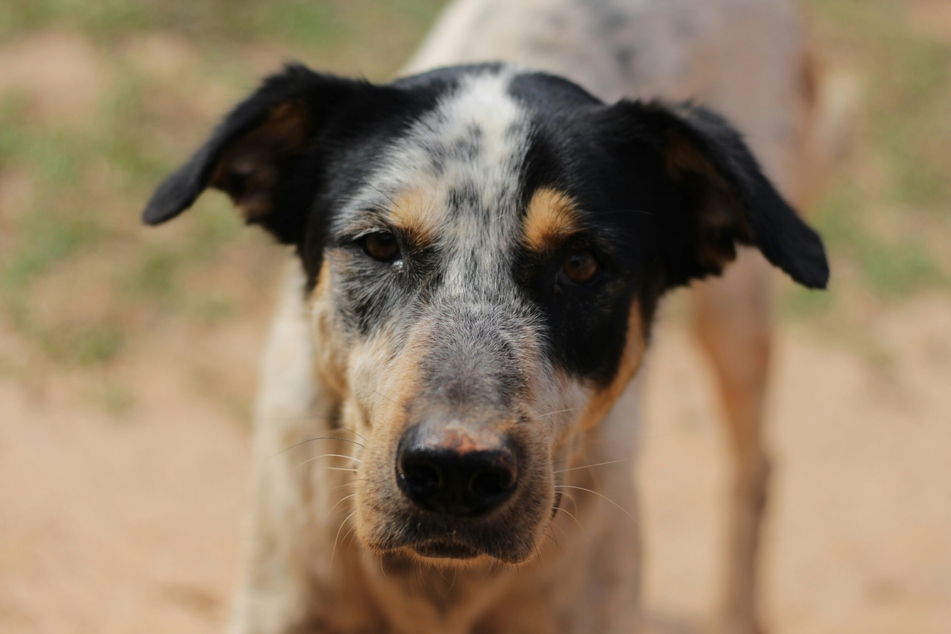Why do dogs have whiskers?
If you have ever owned a dog, you have likely taken note of the wispy whiskers that cover its face. Why do dogs have whiskers, though? Is it to communicate emotions? And what would happen if those whiskers were to disappear?

There are few things cuter than the mighty whiskers of a grumpy cat, yet the same among dogs is rarely talked about and rarely even acknowledged. Dog whiskers do exist, and they do play a role in their physiology, so they deserve to be respected and paid attention to.
What are dog whiskers, what do they do, and what happens if a dog loses its wonderful whiskers? Let's take a look.
What are dog whiskers?
Dog whiskers are more or less the same as cat whiskers: long hairs that sprout from their faces and provide a bunch of sensory functions. While far less impressive than the thin white strands that spring from the eyebrows and cheeks of our feline friends, your dog's facial fantasies are no less important in terms of their function.
Your canine companion relies on its whiskers for a variety of reasons, but in terms of what they are, the answer is extremely simple. Whiskers are thicker and straighter strands of hair that lead into highly sensitive roots that detect and register movement and vibrations in the air and surrounding world.
To cut the story short: A dog's whiskers are incredibly important features and fulfill a selection of different tasks. While less prominent than a cat's whiskers, they are just as important and need to be respected just as keenly.

Why do dogs have whiskers?
Dogs have whiskers primarily so that information can be transmitted from the sensory cells at their roots into a dog's brain. Ultimately, these long hairs simply play a role in communication, their immune system, and the detection of objects and movement in the world around them.
They are extraordinary little devices and never fail to protect your dog from all sorts of dangers and challenges. So what role do they play in communication, how do they protect your doggo, and what do they detect?
To communicate emotions
When a dog is happy, it will communicate this pleasure through the use of its whiskers. To do this, a happy dog will lift the flaps of skin above its eyes, which house a bunch of whiskers or "eyebrows," and look at their loved ones with big, wide-open eyes. The look they'll give is a sign of trust and love, opening themselves up to your presence and affection.
On the flip side, if your dog narrows its eyes, lowers its brow, and looks at you through slatted eyelids with its muzzle down, it is likely unhappy and quite concerned about something. In this situation, you need to pay attention and figure out what is wrong, getting on top of it before your dog gets too upset or uncomfortable.
To protect

A dog's whiskers also play a similar role to the hairs in our noses or the lashes above our eyes – to protect the body. You will have noticed that most whiskers are around the muzzle, including the mouth and nose, inside or around the front of the ears or above the eyes. This is generally to stop contaminants from getting into important organs.
This is also where a dog's sensory perception, as discussed next, comes into play. If your dog's whiskers come into contact with something potentially dangerous, they will let your dog's brain know, and it will react appropriately. In doing so, your dog's whiskers prevent dangerous things or even bugs from getting into its eyes or nose, all while helping it direct its way through a space.
Sensory perception
The most important role of a dog's whiskers is as an addition to its sight, smell, and hearing. These long strands of hair help your dog make sense of its surroundings by detecting vibrations in the air, the closeness of nearby objects, and more. Your doggo's whiskers are, in effect, miniature radar detectors that add an extra sensory layer to their experiences.
Through these sensory vibrations, your dog's brain is filled with information about nearby objects, animals, food, and all sorts of things. This is part of the reason why dogs are able to navigate in the dark far better than we are, despite having eyesight that is by most measurements far worse than ours.

What happens if a dog loses its whiskers?
It is perfectly normal for your dog to shed its whiskers occasionally, but if they all start falling out more regularly, then something could be seriously wrong. There are a variety of reasons why this may be happening, most of them medical – but before getting concerned, it's best to determine if the shedding is more regular than is considered a healthy amount.
Ultimately, a dog should only really shed a few whiskers every month or so, usually in a similar way to how they shed hair. In some cases, an accident might pull out a few whiskers, or your dog might lose a few more than normal – but the most that is acceptable at a time is three or four.
Important: Dogs often shed their whiskers, and that's okay because they'll grow back just like any other hair. There are situations, however, where it is due to a health problem. When this is the case, the vet should be your first and only port of call – you are not a medical professional, so don't pretend to be one.
These are the most common reasons why your dog is losing whiskers:
- Natural whisker loss
- Whiskers splitting and being pulled out due to discomfort
- Skin conditions and rashes
- Alopecia areata
- Damaged nerves and blood vessels
- Irritation and inflammation of the skin
- Accidents and injury
A dog's whiskers are perhaps not the crowning glory they are for a proud kitty, but they are still important and sensitive. Look after them well, don't play with them, and respect this often overlooked part of your darling doggo's body.
Cover photo: Unsplash/Tadeusz Lakota



